Once upon a time, home was more than just a place to eat and sleep—it was a training ground for life skills. Parents, grandparents, and older siblings passed down everything from cooking basics to how to balance a checkbook. But as families grew busier and schools focused more on academics than life prep, many of those everyday skills quietly faded into the background. Today, we’re left with a generation that can code in Python but has never sewn on a button.
1. Mending Clothes
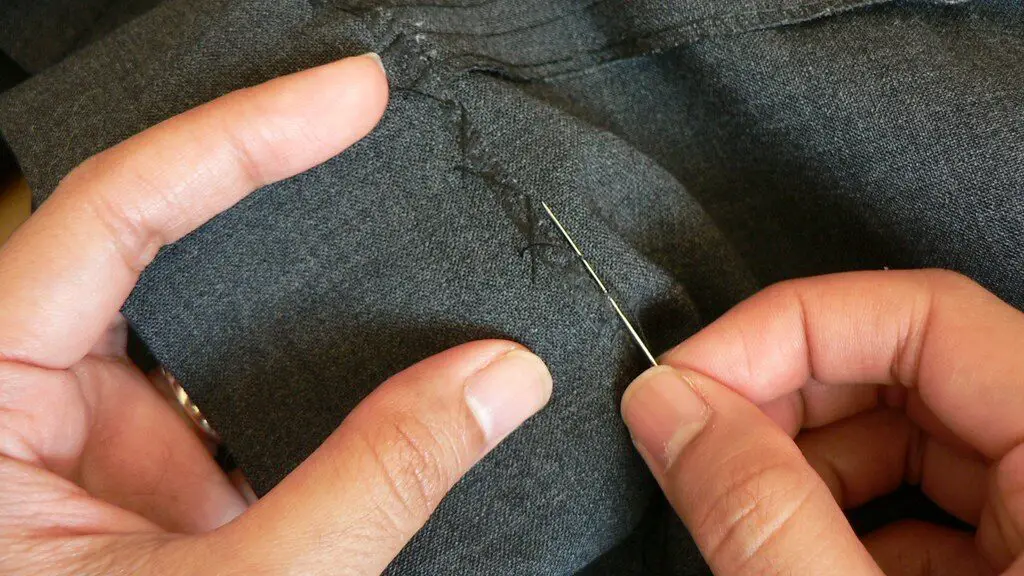
Sewing on a button or patching a tear used to be part of everyday home life. But according to Forbes, the rise of fast fashion has made it easier (and cheaper) to replace clothes than to fix them. As a result, fewer people learn how to do simple clothing repairs at home. Tailors and seamstresses are becoming rare, and DIY skills like hemming pants have nearly vanished.
That kind of basic handiwork used to be passed from parent to child, often during moments like laundry folding or while watching TV. Now, many people are more likely to Google a fix or toss the item entirely. The cost of replacing versus repairing has shifted our behavior. Unfortunately, so has the lack of home-taught habits that emphasized care over convenience.
2. Writing a Letter by Hand

Penmanship and letter writing were once considered essential communication skills. But as noted by The Guardian, digital communication has taken over, with fewer people sending personal handwritten notes or letters. Kids used to be taught how to format a letter, address an envelope, and express themselves thoughtfully on paper. These days, even thank-you notes are often replaced by quick texts or emojis.
The emotional weight of receiving a handwritten note is still powerful—but increasingly rare. Home was once the place where kids practiced writing letters to grandparents or pen pals. Parents modeled how to put effort into thoughtful communication. Now, typing is king, and cursive is an endangered skill.
3. Budgeting and Managing Household Expenses

According to a 2023 report from CNBC, over 60% of Americans live paycheck to paycheck—partly because basic budgeting isn’t commonly taught anymore. Once a family ritual, sitting down to go over bills or plan for groceries was how many kids learned about money. Budgeting apps may be more advanced now, but they can’t replace lived experience and explanation. Without that hands-on exposure, many young adults find themselves overwhelmed by real-life expenses.
Talking about money used to be a normal part of growing up, even if it was just learning how to save for a toy. Today, financial literacy is often expected to be learned at school or online—if at all. But home was once the first classroom for managing needs versus wants. Now, trial and error often takes its place.
4. Cooking From Scratch
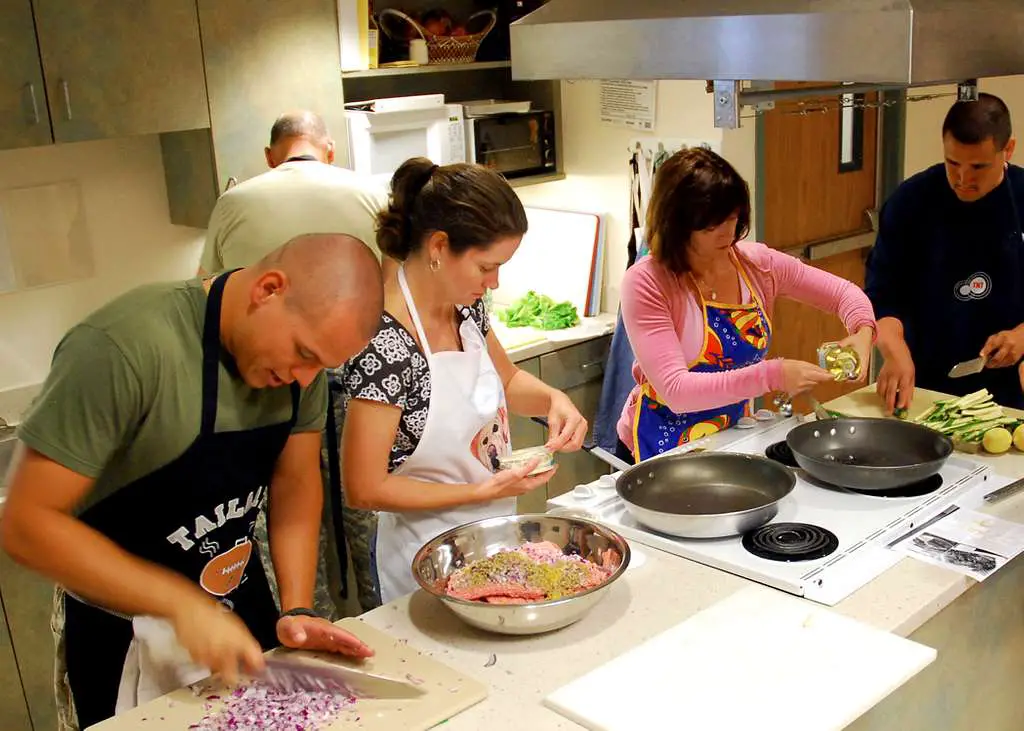
As reported by The Washington Post, the popularity of takeout and meal kits has contributed to a steady decline in home cooking skills. It used to be normal for kids to stand on a stool and stir pancake batter or peel potatoes beside a parent. Cooking was taught through repetition and shared meals, not just recipes. Now, the microwave has replaced the stove in many households.
Home-cooked meals are still cherished, but many people now rely heavily on shortcuts or pre-prepped food. That’s not always a bad thing—but it means fewer people know how to roast a chicken or make a roux. Teaching kids how to measure, season, and taste is about more than nutrition. It’s a skill set that fosters independence, creativity, and confidence.
5. Changing a Tire

Back in the day, knowing how to change a flat was almost a rite of passage—often taught in the driveway by a parent or older sibling. Now, roadside assistance apps and YouTube tutorials have taken over. That’s great for emergencies, but less so for everyday self-reliance. A surprising number of drivers today don’t even know if they have a spare tire.
There’s something empowering about being able to handle a minor car issue without panic. Teaching basic car maintenance at home gave people a sense of preparedness. It also provided quality time and life lessons. Without that foundation, many are left relying on professionals for simple fixes.
6. Ironing Clothes

There was a time when every household had a dedicated ironing board and a strict routine for pressing clothes. These days, wrinkle-release sprays and low-maintenance fabrics have largely replaced that ritual. Fewer young adults even own an iron, let alone know how to use one properly. The smell of steam and starch is now nostalgic for those who grew up watching a parent meticulously press school uniforms.
Ironing wasn’t just about appearance—it was a lesson in taking pride in one’s presentation. Many kids learned to iron their clothes as a step toward maturity. Today, that same skill is often skipped in favor of the “toss it in the dryer” method. It’s a small but telling shift in how we approach effort and polish.
7. Cursive Writing

Once a staple of early education and household practice, cursive writing has fallen out of favor almost entirely. Parents used to help kids practice their loops and signatures at the kitchen table. Now, some schools don’t even require cursive instruction at all. The result? Many young people can’t read or write in cursive beyond their name.
Cursive wasn’t just pretty—it was practical for writing faster and developing fine motor skills. Learning it at home often involved copying poems or writing holiday cards. It also helped connect generations, since many historical documents and older family letters are in cursive. Without this home-taught tradition, a part of our cultural literacy is fading.
8. Navigating Without GPS

Before smartphones, kids were taught to read maps, ask for directions, or follow landmarks. Families would plan road trips together using paper atlases and hand-written notes. That skill of orienting yourself—without digital help—is now nearly extinct. Many young drivers panic if their GPS signal drops, even for a moment.
Home was where you first learned to pay attention to your surroundings. A parent might point out how to spot north using the sun or remember a turn by a specific landmark. That kind of situational awareness is hard to teach once you’re always looking at a screen. It’s not just a lost skill—it’s a lost habit of mindfulness.
9. Table Manners

Things like chewing with your mouth closed or placing your napkin in your lap used to be taught over dinner at home. Meals were a chance to instill social etiquette through repetition and modeling. But as family dinners become less common, so do those subtle lessons. Today, many kids (and adults) pick up etiquette through trial and error—or not at all.
Manners are more than just old-fashioned rules—they help us interact respectfully and confidently in different settings. Parents used to correct posture or utensil use lovingly but consistently. Without that daily reinforcement, many social skills get overlooked. And no, TikTok isn’t a substitute for learning which fork to use.
10. Basic First Aid

Knowing how to treat a scraped knee or clean a cut was once standard home knowledge. Parents taught their kids how to apply a bandage, when to use ice, and why antiseptic mattered. Now, many people skip straight to the ER—or Dr. Google. That confidence in handling minor injuries is slowly disappearing.
It wasn’t just about the skills—it was about instilling calm in the face of small emergencies. Teaching first aid at home meant being prepared, not panicked. Kids learned not to freak out at the sight of blood or bruises. Today, even those basics feel like specialized knowledge.
11. Doing Laundry Properly
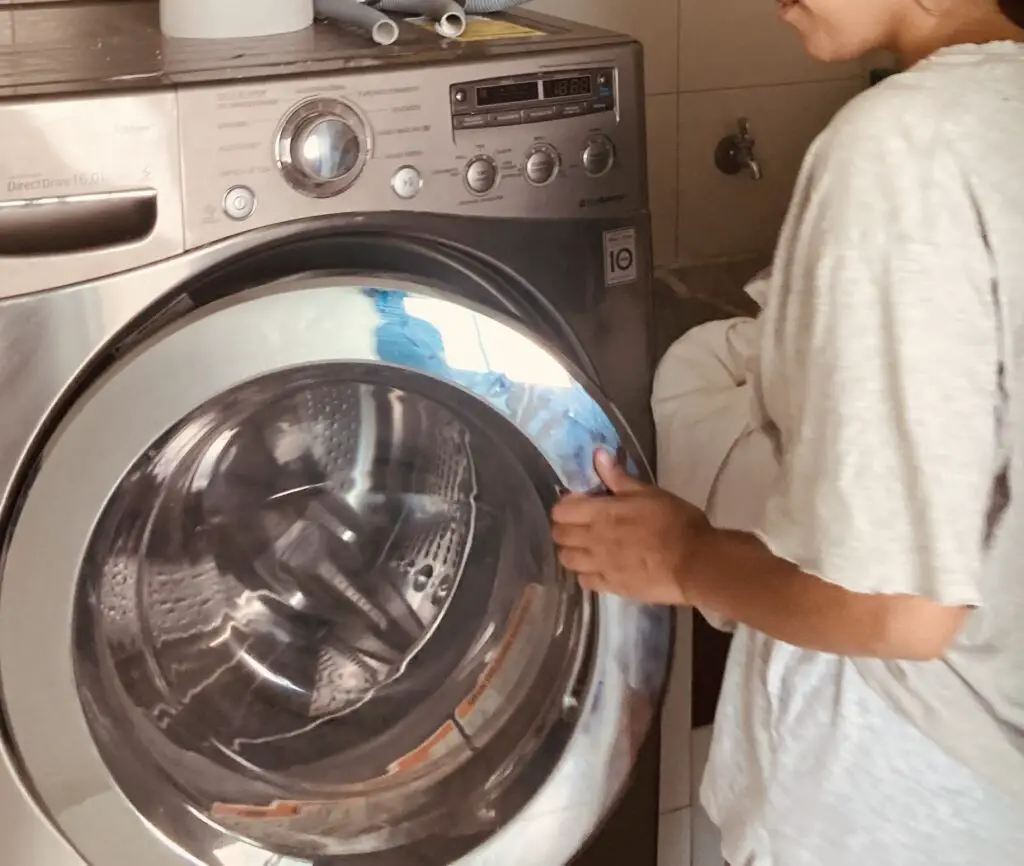
Sorting by color, choosing the right water temperature, and not shrinking your favorite sweater—these were once home-taught essentials. Today, plenty of people learn laundry skills in college (or through trial and error). The automatic settings on modern machines make it easier, but not foolproof. Detergent pods don’t come with instruction manuals for delicates.
Laundry was often one of the first chores delegated to kids. It taught responsibility, routine, and attention to detail. Without that early home training, laundry becomes just another confusing adult task. And yes, some people still think “dry clean only” is a suggestion.
12. Making a Bed the Right Way

There’s making a bed—and then there’s really making a bed, hospital corners and all. Parents and grandparents used to drill the details: smooth sheets, tucked edges, fluffed pillows. Now, many people throw a blanket over the chaos and call it a day. Minimalist bedding trends haven’t helped the cause.
This wasn’t just about aesthetics—it was a morning ritual that set the tone for the day. Kids learned consistency, care, and pride through that daily habit. Plus, there’s actual research that a made bed improves mood and productivity. But without home guidance, many never pick up the habit.
13. Polishing Shoes
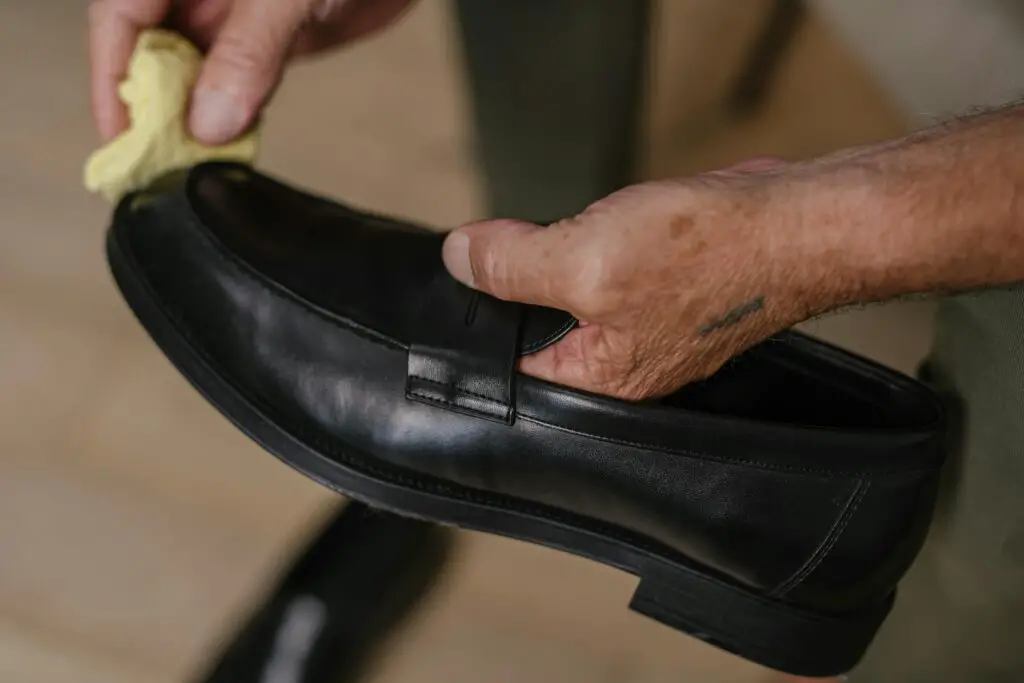
Shining your shoes used to be a Saturday morning ritual in many homes. A soft cloth, a tin of polish, and some elbow grease taught patience and attention to detail. Today, most shoes are sneakers—and most people wouldn’t know where to buy polish even if they tried. The skill has slipped into obscurity with the decline of formalwear.
It wasn’t just about the shoes—it was about presentation, pride, and care for your belongings. Parents used to pass this down as part of “getting ready” for important events. Now, scuffed shoes are the norm, and no one bats an eye. Another quiet tradition, polished away by time.
14. Hosting Guests

Hospitality used to be a homegrown art. Parents modeled how to greet guests, offer refreshments, and keep conversation flowing. Now, the idea of “entertaining” often involves ordering delivery and streaming a show in silence. That gracious, welcoming skill set isn’t being passed down as often.
Hosting taught social confidence and empathy. Kids learned to think about others’ comfort, dietary needs, and entertainment. Those details matter, whether you’re planning a party or just making someone feel seen. Without that example at home, many adults feel awkward about hosting even a simple dinner.
15. Sharpening a Knife (or Using One Properly)
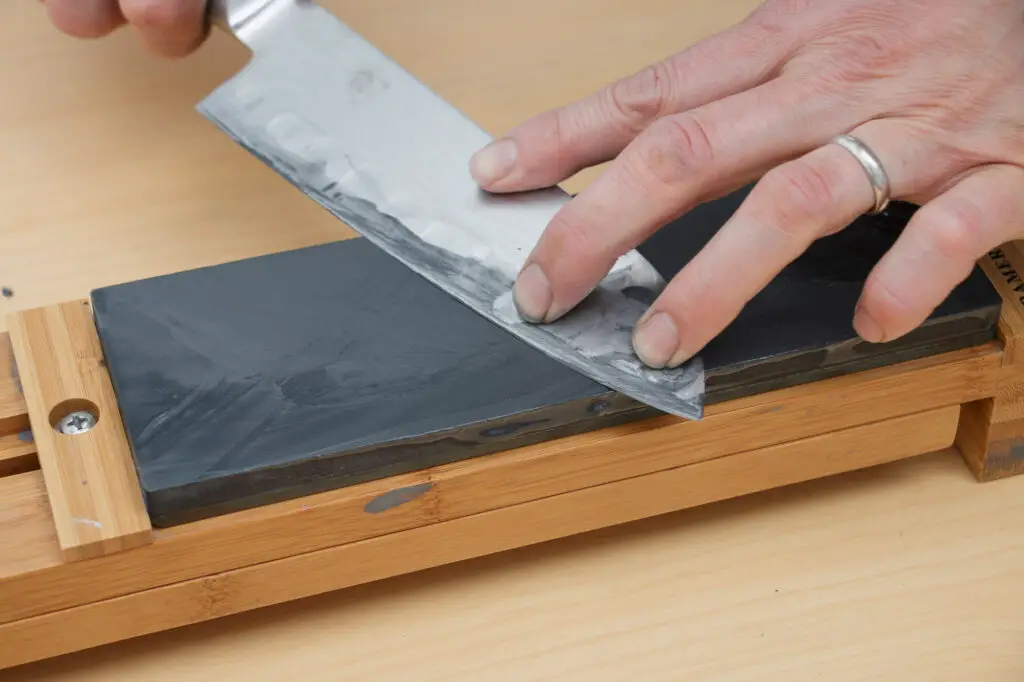
Basic knife skills used to be part of kitchen learning. Parents would supervise as kids learned to chop, dice, and even sharpen a blade. Now, many rely on dull knives or buy pre-chopped everything. Safety fears and busy schedules have pushed this skill aside.
But learning how to handle a knife is about more than cooking—it’s about confidence and control. It teaches respect for tools and how to use them safely. Those lessons don’t come from a TikTok tutorial; they come from slow, intentional teaching. And that’s something only a home can provide.
